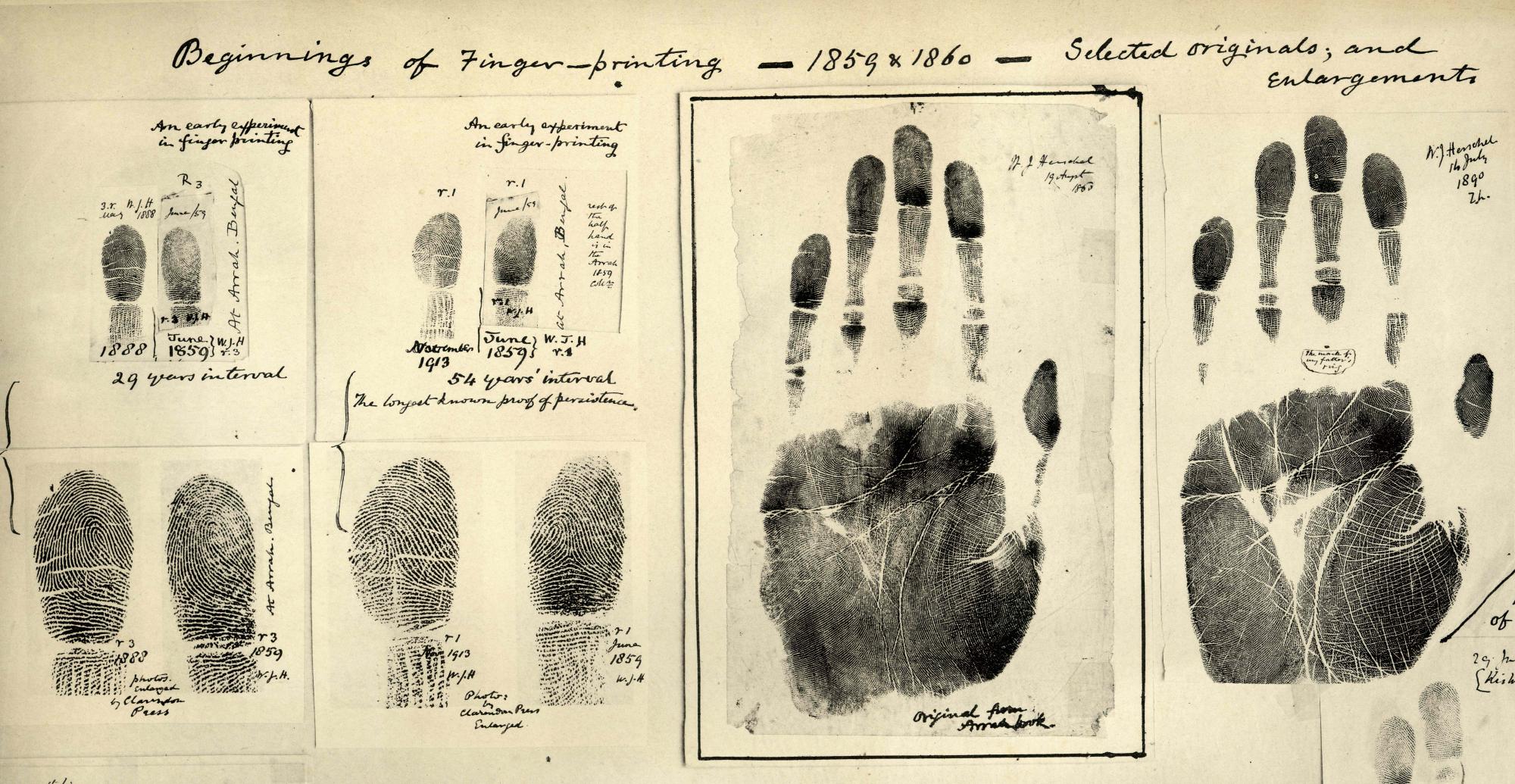C.H.I.P. vs Pi Zero: Which Sub-$10 Computer Is Better?
David Scheltemea | November 28, 2015
| Source: http://makezine.com/2015/11/28/chip-vs-pi-zero/ |
<more at http://makezine.com/2015/11/28/chip-vs-pi-zero/; related links: http://arstechnica.com/business/2015/11/remember-that-9-computer-for-one-day-only-itll-be-8-plus-shipping/ (Remember that $9 computer? For one day only, it’ll be $8, plus shipping. It will cost about $14 to ship to anywhere in the United States. November 27, 2015) and http://www.digitaltrends.com/computing/9-chip-computer-ships-first-units/ (Computer and change for a $10 bill. First units of $9 computer are shipping now. September 25, 2015)>



 Troy Hunt
Troy Hunt





